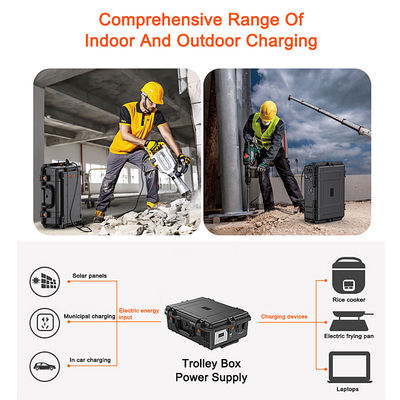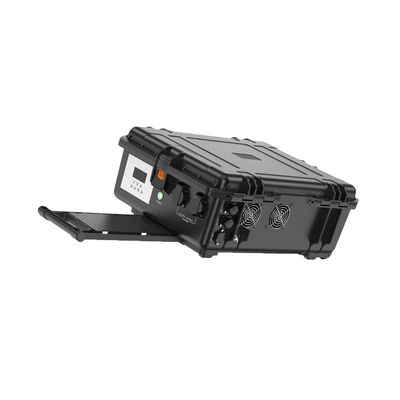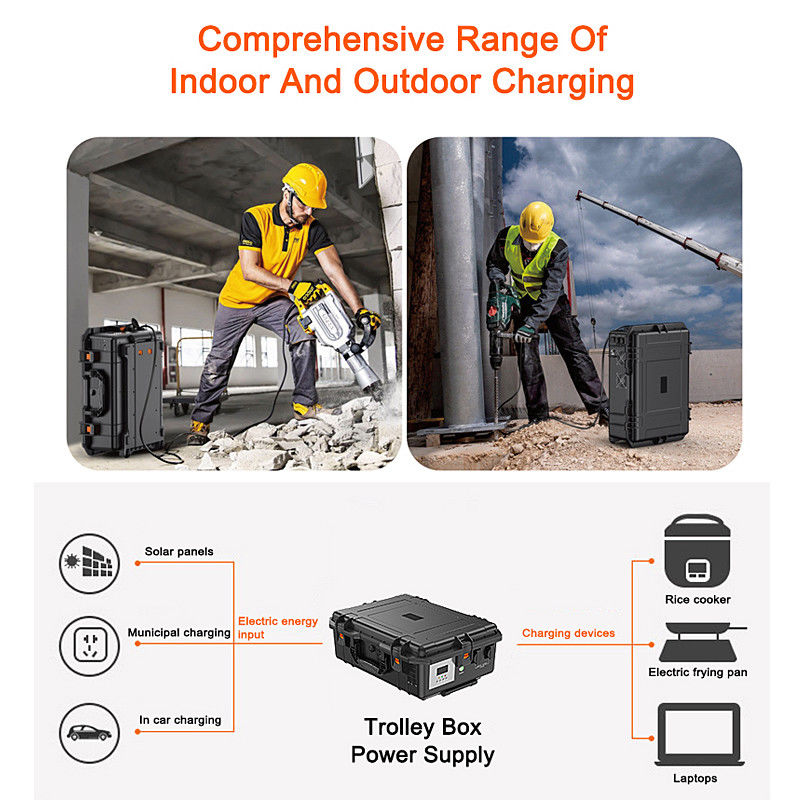Lightweight Portable Power Station With AC/DC Outputs & Solar Recharge
Product Details:
| Place of Origin: | China |
| Brand Name: | Rising |
| Certification: | CE, UN38.3 |
| Model Number: | PPS 5000 |
Payment & Shipping Terms:
| Minimum Order Quantity: | 1 |
|---|---|
| Price: | US$+1750-1950+piece |
| Packaging Details: | Each product is individually packaged in a carton or packaged according to your requirements. |
| Delivery Time: | 10-15workday |
| Payment Terms: | T/T |
| Supply Ability: | 10000 pieces month |
|
Detail Information |
|||
| Battery Type: | LiFePO4 | Voltage: | 48V |
|---|---|---|---|
| Nominal Capacity: | 102 Ah | Cycle Life: | 3000 Cycles @80% DOD /25C /0.5C,60% EOL |
| Max PV Array Power: | 5500 W | Max PV Current: | 22A |
| Max PV Voltage: | 500 Vdc | MPPT Voltage Range: | 120 - 450 Vdc |
| Size: | 652 X 450 X 235 Mm | Weight: | 52.5kg |
| Highlight: | Lightweight Portable Power Station,48V Portable Power Station |
||
Product Description
1. Inverter Technology: Many portable power stations use invertertechnology to convert the DC power stored in their batteriesinto AC power. This allows them to provide a consistent andstable power supply similar to what you would get from a walloutlet. Inverter technology is particularly useful for runningdevices that require a continuous power flow, such as laptops,
refrigerators, or power tools.
refrigerators, or power tools.
2. Capacity and Power Output: The capacity of a portable powerstation determines how much energy it can store and how longit can power your devices. Higher-capacity models can typicallypower larger devices or multiple devices simultaneously for alonger duration. The power output of a portable power stationis measured in watts (W) and determines the maximum powerit can deliver to connected devices at any given time. Makesure to check the power requirements of your devices andcompare them to the power output of the power station toensure compatibility.
3. Charging Time: The time it takes to recharge a portable powerstation varies depending on its battery capacity and thecharging method used. Charging via a wall outlet is usually thefastest option, while solar charging can take longer and isdependent on the availability of sunlight. Some power stationsalso support simultaneous charging, allowing you to rechargethe unit while powering devices.
![]()
![]()
![]()
![]()
Want to Know more details about this product






